On Thursday 3 April, we opened our new Fixing Our Broken Planet Gallery. This is our first new, permanent gallery in 10 years. From a parasitic worm to a Sumatran rhino, it’s packed with more than 200 specimens that reveal how we’ve shaped the planet.
Through videos, specimens and expert insight, it explores the biggest challenges facing our planet and the nature-based solutions that can help us to create a more sustainable world. Bring the whole crew along and join our mission to save our world!
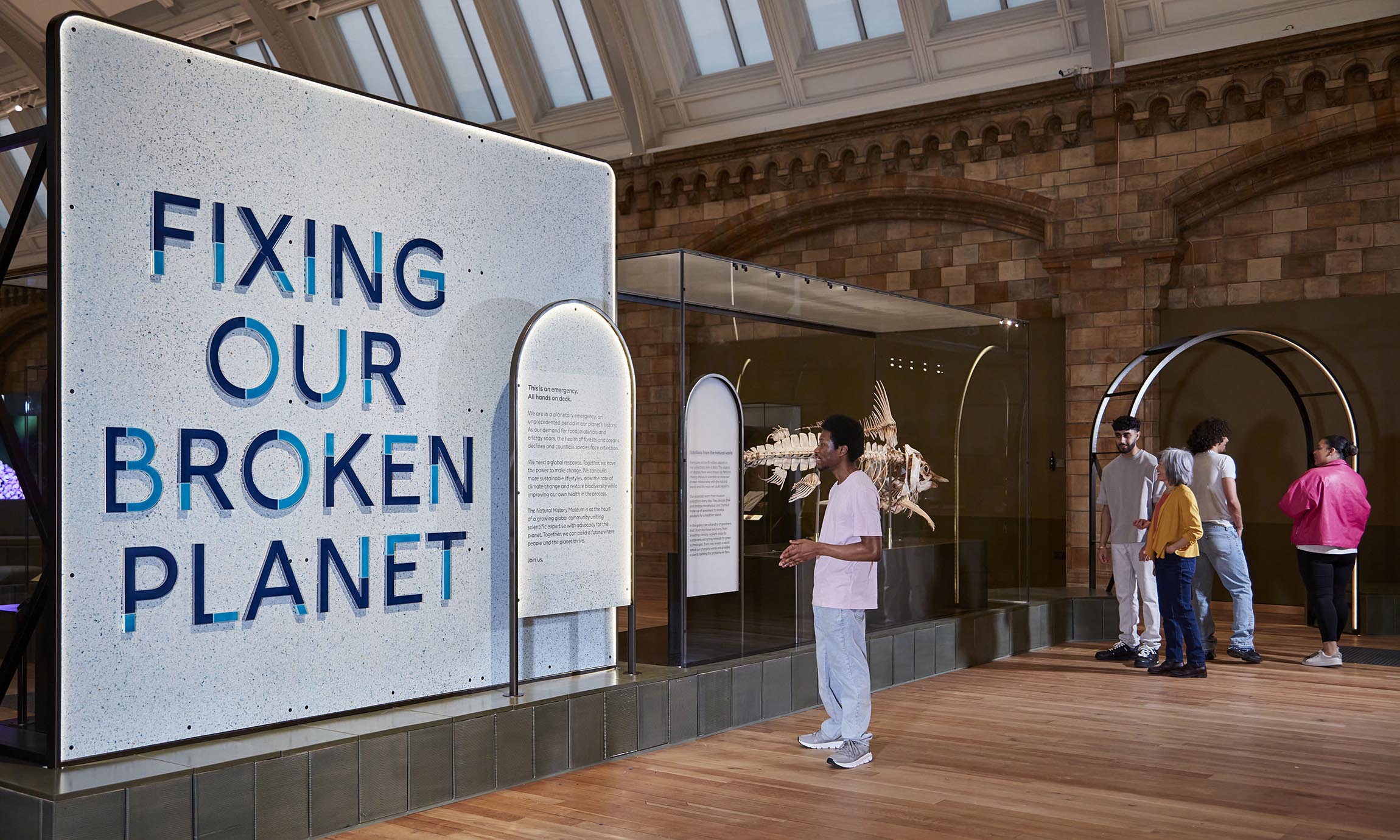
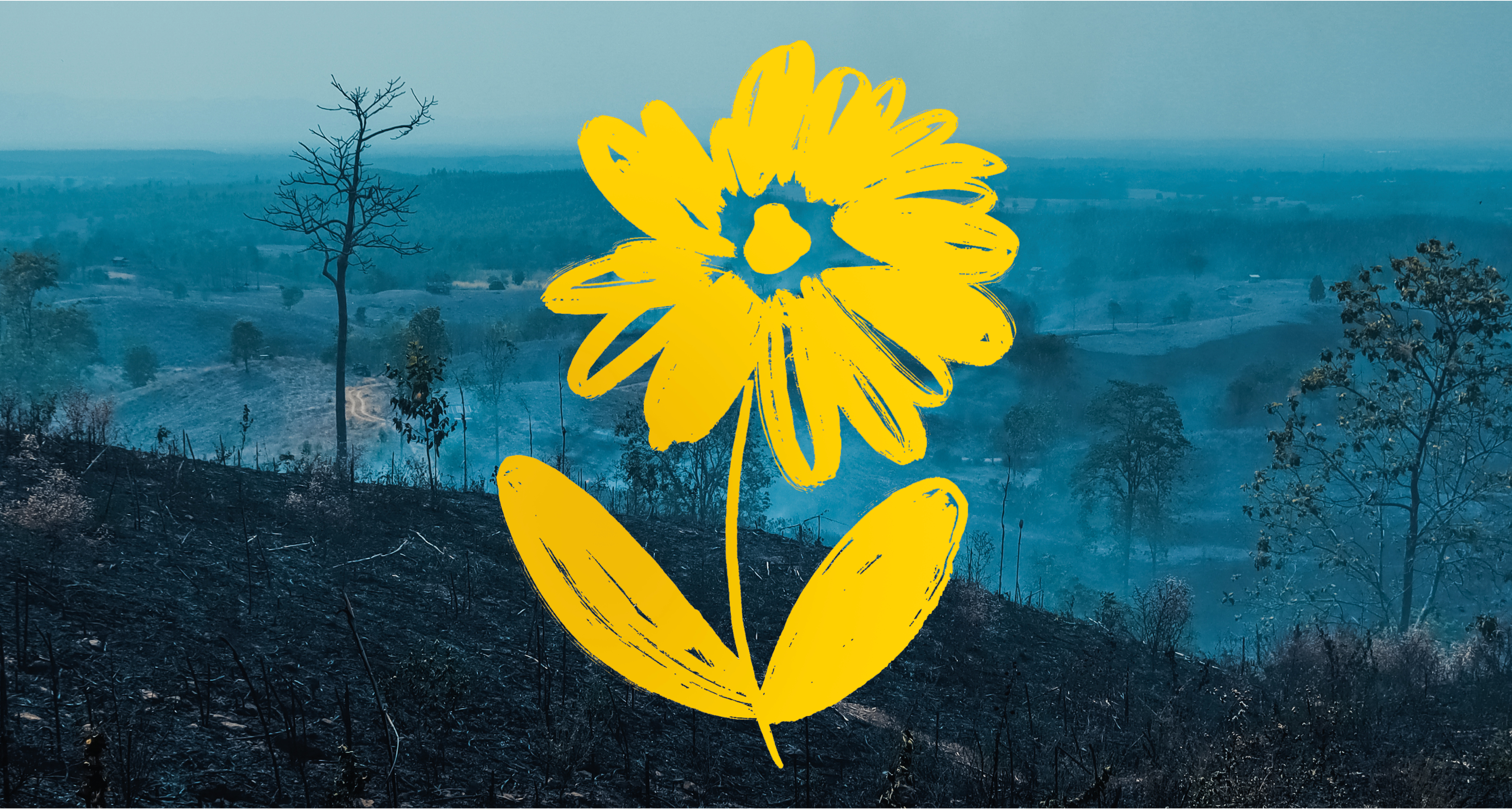
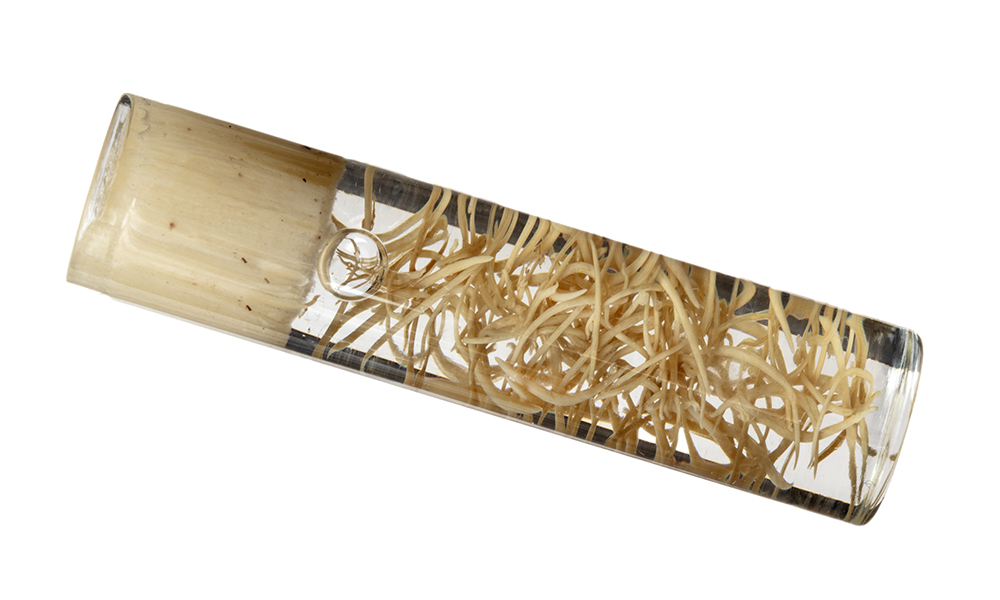

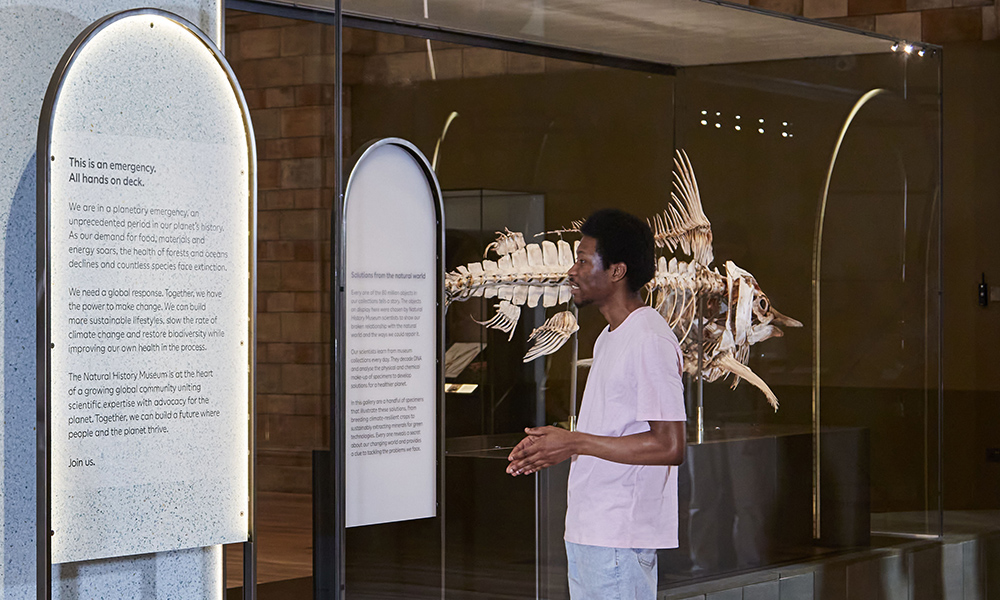




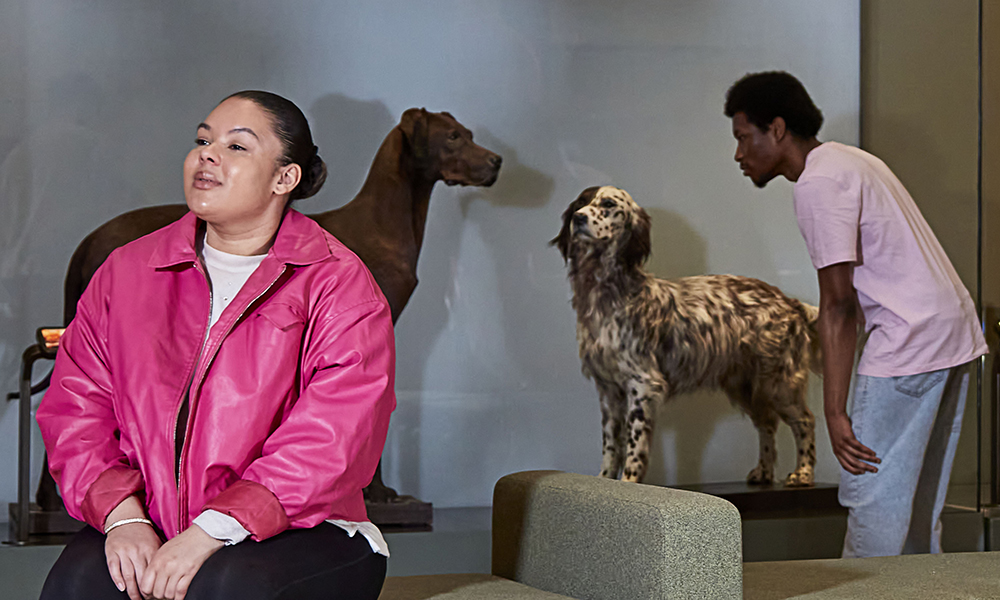
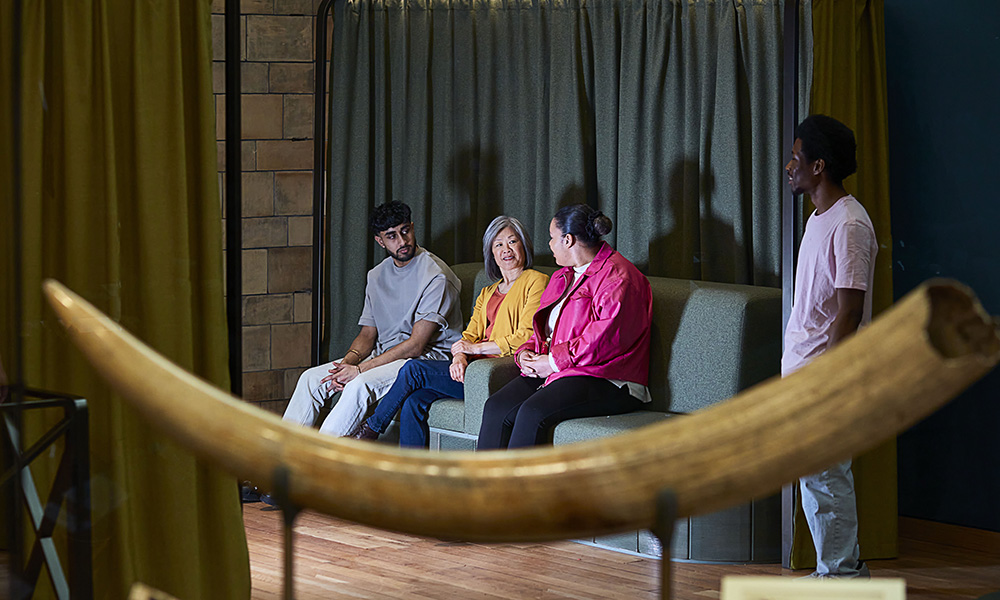
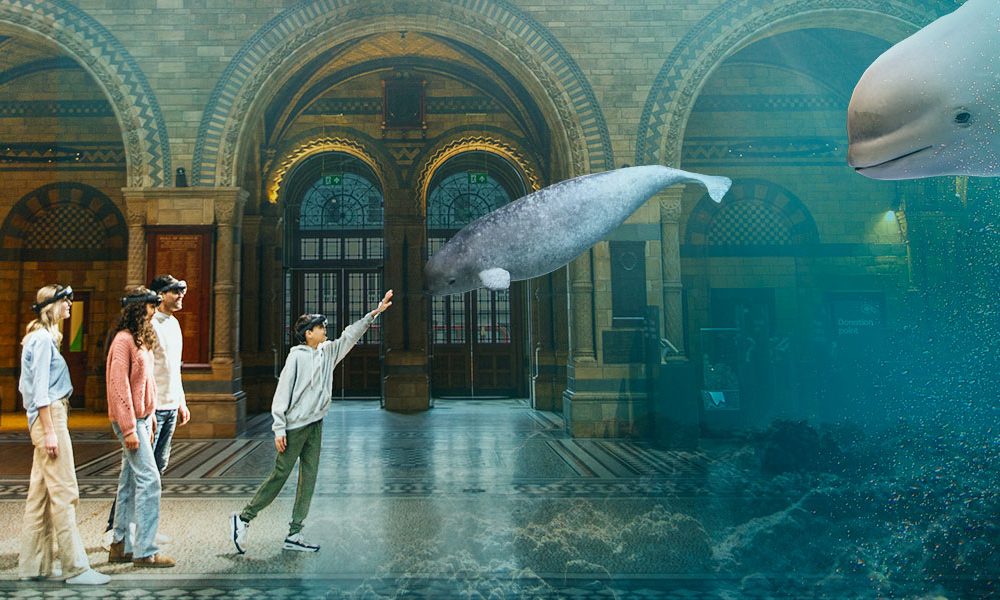
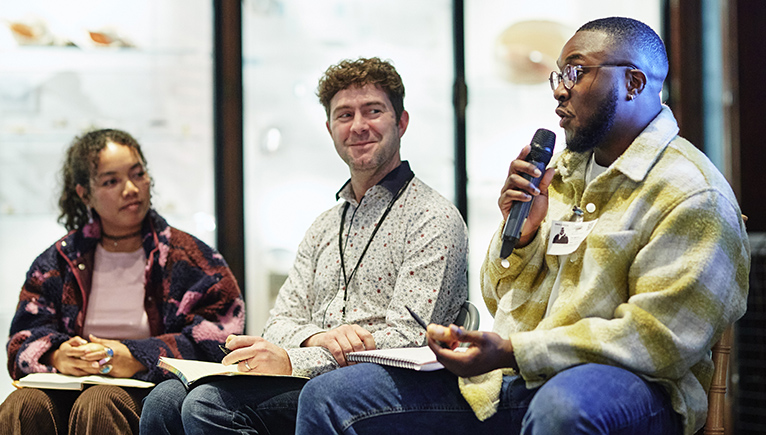

Join our community of planet fixers
Enter your email to get monthly tips on living sustainably as well as articles, events and information to help you become an advocate for our planet. We may occasionally include information about other parts of the Museum or third-party content from our corporate partners and other museums. We will not share your personal details with these third parties. You must be over the age of 13. Privacy notice.
Follow us on social media